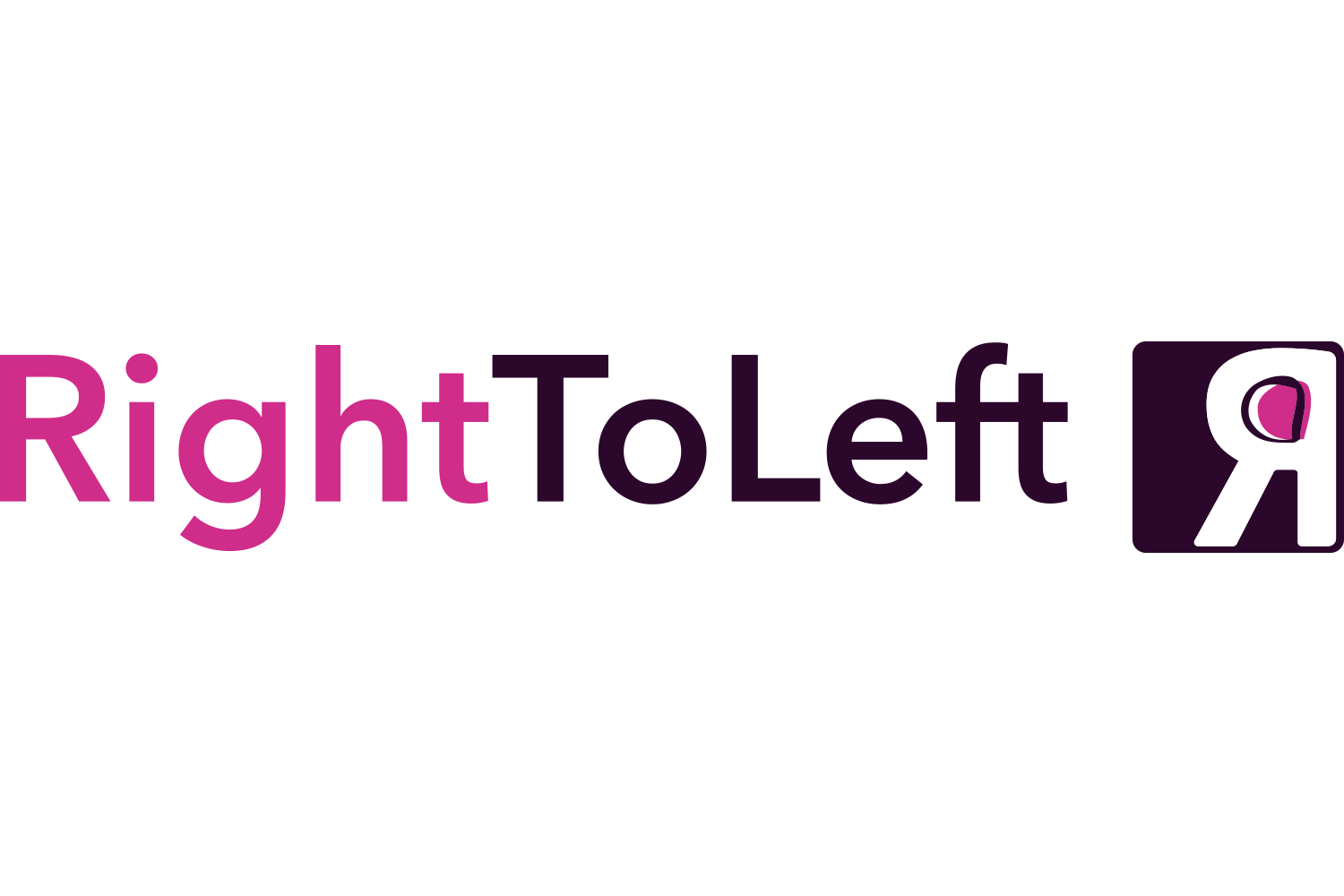High-performing companies learn fast. Does yours?
Many large enterprises are envious of the speed of innovation within start-ups. But they needn’t be. They are simply failing to recognise the key is learning from the customer.
There is always a raft of excuses as to why a large company can’t move quickly, especially as they typically describe themselves as having the agility of an oil tanker. In most cases, this is total bullshit. The majority of large businesses are more like a fleet of small boats; each, if it was so inclined, could manoeuvre at high speed.
Product learning through customer experimentation is the key to success. It drives improvement which, when combined with creativity, equals innovation.
There are some professions - surgeon or pilot, for example - which are expected to take the time to learn what went wrong in order to ensure the same mistake doesn’t happen again. We see this as a positive outcome and yet we don’t embrace this type of ongoing learning in a corporate environment. In fact, very few organisations encourage it. Instead, we find that they incentivise the hiding of mistakes, which means the learning is hidden too.
Learning fast drives growth and innovation, and so builds bigger, stronger profits for an organisation. Learning can drive small increments of change or lead to huge disruption. Learning can lead to cross-functional efficiency gains from process improvements or the enhancement of products, or to a complete pivot of the entire business model. And so it’s quite obvious that learning is valuable and should be embraced by businesses.
So why do very few organisations allow teams to fail and learn? Take your company, for example. Does it measure how effective it is at learning? Is there a management KPI for how quickly you learn or how much you are learning? Probably not. But there should be!
At its heart, lean methodology encourages iterative cycles of learning. In manufacturing, lean has demonstrated how rapid learning and process improvements can deliver high quality at a lower cost. It’s been around for 50 years and has become the process blueprint for every business to learn.
The key to getting large companies to learn and improve is tied up in people and culture.
In a start-up, all staff know that the business has a limited runway to make it work. The common goal is to quickly learn what works before the money runs out. In great start-ups, leadership puts learning ahead of ego, remuneration and hierarchy.
While the start-up culture accepts failure with positivity because it understands that you can’t learn without making mistakes, the enterprise culture does the exact opposite. It rewards success and punishes failure, creating an unsafe learning environment in which to learn. Promotion, remuneration and ego are all focused on output rather than learning. In fact, many managers achieve promotion by hiding their failures but enjoying the success of their learning from them. This is flawed and cannot scale. Adopting lean processes gives organisations a framework through which to adapt their culture to accept failure.
Leadership need to publicly focus on an organisation’s lean or agile readiness. Hard work needs to go into helping the culture accept failing to learn is a success. No amount of sticky notes, agile-focused software (e.g., Jira), communication tools (e.g., Slack), consultants, doughnuts and fresh-roasted coffee will give your business accelerated value without making it a safe environment in which to fail and learn.

